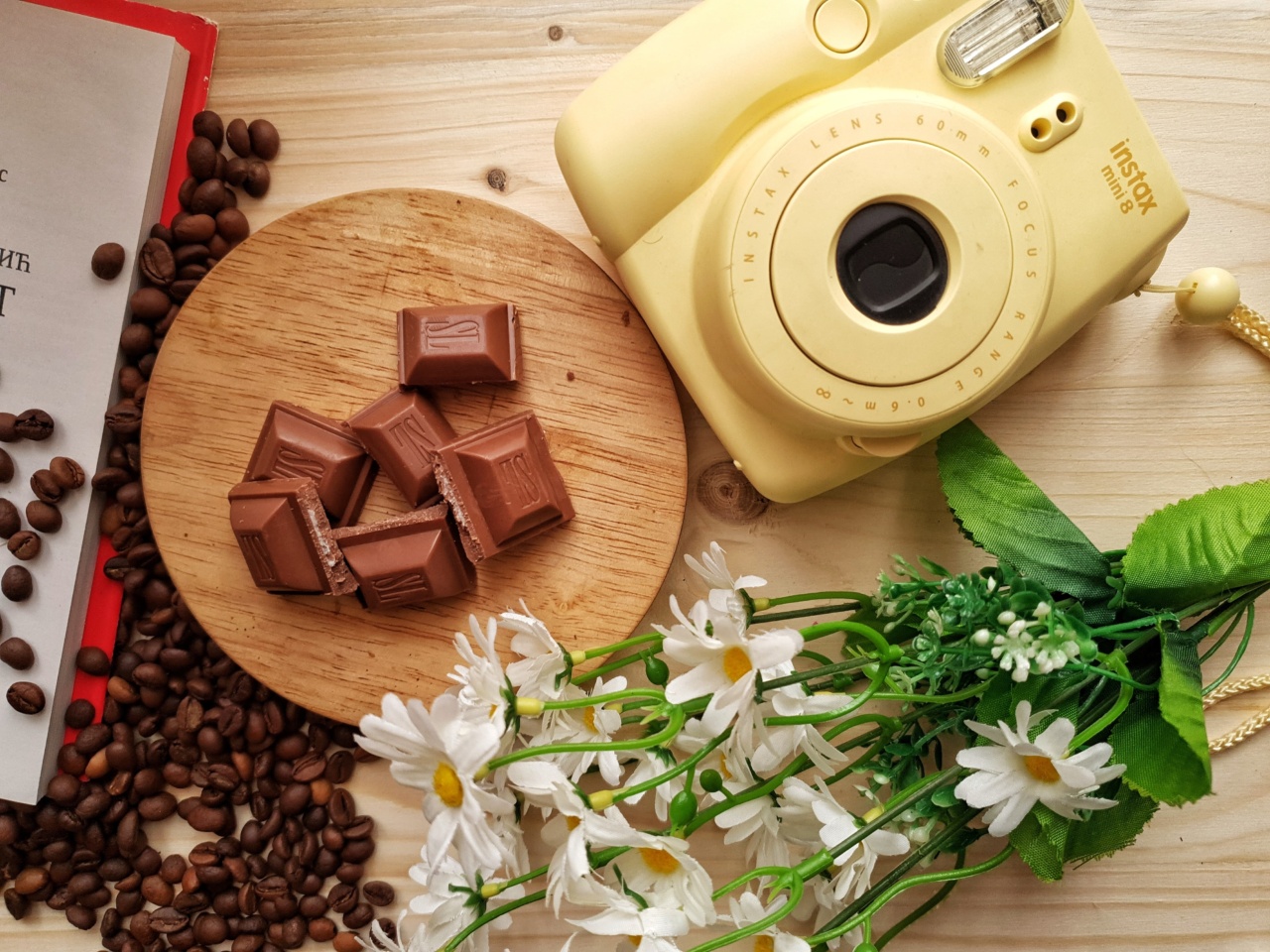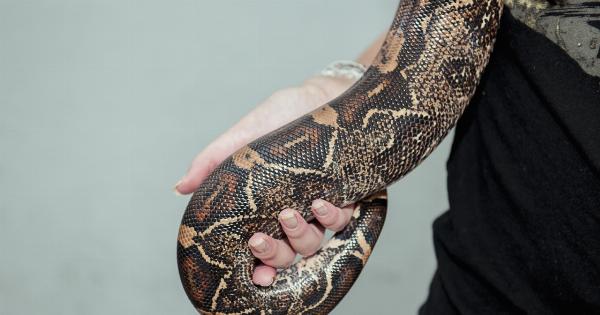Tanning has been a popular fashion trend in recent years. It gives the skin a bronzed, natural look and can often make one feel confident and healthy.
However, the dangers of tanning are often overlooked, and not everyone is aware of the hidden dangers of both natural and artificial tanning.
Natural Tanning
Natural tanning is the process of exposing your skin to the sun’s ultraviolet (UV) rays in order to achieve a bronzed complexion.
While exposure to sunlight is essential to the body’s production of vitamin D, overexposure can lead to skin damage and skin cancer. The sun’s UVB rays are the primary cause of sunburn, and UVA rays can penetrate deeper into the skin and lead to long-term damage such as wrinkles and age spots.
Frequent exposure to the sun without protection can also lead to skin cancer. Skin cancer is the most common cancer in the United States, accounting for over 5 million cases per year.
It’s important to protect yourself when spending time outdoors by using sunscreen, wearing protective clothing, and avoiding the sun during peak hours.
Artificial Tanning
Artificial tanning refers to the use of tanning beds or sun lamps to achieve a bronzed complexion. Tanning beds use UVA and UVB rays to mimic natural sunlight.
While artificial tanning may seem like a safer alternative to natural tanning, it can still lead to skin damage and skin cancer.
According to the American Academy of Dermatology, the use of indoor tanning increases the risk of melanoma by 20%. Melanoma is the deadliest form of skin cancer and can spread to other parts of the body if not caught early.
Additionally, the use of tanning beds increases the risk of developing other skin conditions such as sunburn, premature aging, and eye damage.
The UV rays from tanning beds can cause damage to the eyes that may lead to cataracts or other vision problems.
How to Protect Yourself
Whether you choose natural or artificial tanning, it’s important to protect yourself from the dangers of UV rays. Here are some tips to keep in mind:.
- Use sunscreen with a high SPF and reapply every two hours
- Wear protective clothing such as long-sleeved shirts and hats
- Avoid the sun during peak hours between 10am-4pm
- Consider using self-tanning products or spray tans instead of tanning beds
The Bottom Line
Tanning, whether natural or artificial, can lead to skin damage and skin cancer. It’s important to protect yourself when spending time outdoors and avoid the use of tanning beds.
Consider using self-tanning products or spray tans to achieve a bronzed complexion without the dangers of UV exposure.



























